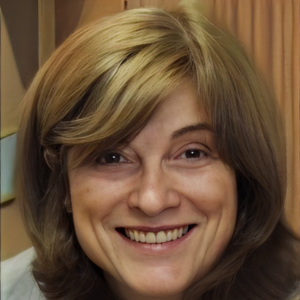Title : Biodegradable electrospun PCL/GEL nanofibers: Effect of tubular halloysite on physical and biological properties
Abstract:
Tubular halloysite (HNT) is environmentally friendly, biocompatible, naturally occurring aluminosilicate clay with unique structure and properties. In this study the effect of HNT structure on properties of biocompatible electrospun nanofibers based on blend of hydrophobic, synthetic polycaprolactone and hydrophilic, natural gelatin (PCL/GEL) mixed at a 1:1 volume ratio has been studied. Nanofibers have been prepared on laboratory machine Nanospider TM based on needle-free, high voltage and free liquid surface electrospinning process. As a solvent has been used environmentally acceptable acetic acid. To evaluate the effect of halloysite structure and geometry on properties of PCL/GEL nanofibers several types of HNT from different deposits have been used. The main attention was given to the effect of halloysite content, inner and outer diameter, aspect ratio and specific surface area on morphology and mechanical properties of PCL/Gel nanofibers. The content of HNT in the nanofibers varied from 0.5 up to 9.0 wt.%. It was found that the addition of HNT significantly affected the polymer mixture spinnability, the fiber diameter, surface structure, thermal, mechanical, and biological properties of the resulting PCL/Gel/HNT nanofibers. Fiber diameter as well as porosity and water uptake of nanofibers were gradually decreased with increasing HNT concentration. The stress-strain analyses exposed that the incorporation of all types of HNTs significantly influenced the mechanical properties of the nanofibers. Young’s modulus, elongation to failure and the tensile strength of the PCL/Gel/HNT nanofibers exhibited considerable improvements, in comparison to the pure PCL/Gel nanofibers. The highest improvement of mechanical properties has been achieved in nanofibers with 0.5 wt.% HNT when strength of nanofibers increased nearly twofold, whilst improvement of elongation was fourfold. With increasing HNT content in nanofibers, the effect of HNT structure and specific surface area was much more evident. Cytotoxicity using NIH-3T3 mouse fibroblasts revealed that the studied PCL/Gel/HNT nanofibers are non-toxic and fully acceptable for medical application. The cells appeared well adhered and characterized by normal fibroplastic behavior on all examined nanofibers. The prepared nanofibers can be used in the future in tissue engineering as substrate for cell growth and monitoring and as a type of delivery in wound healing management.



